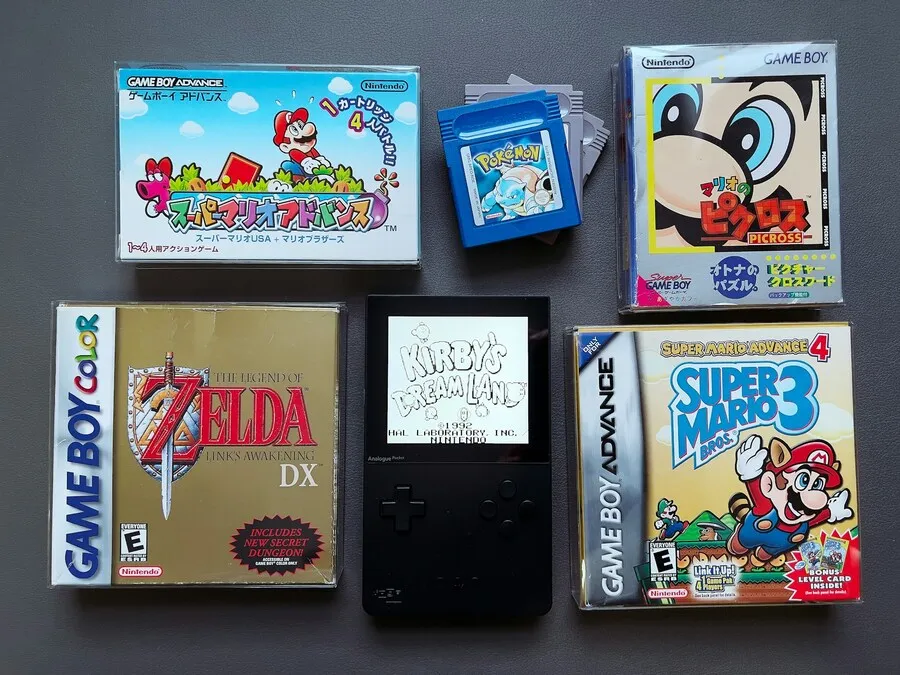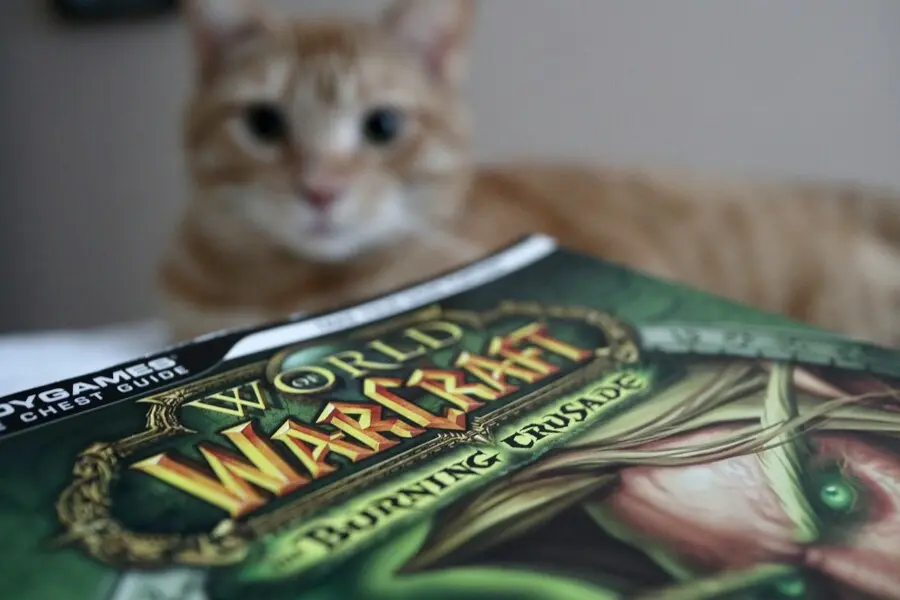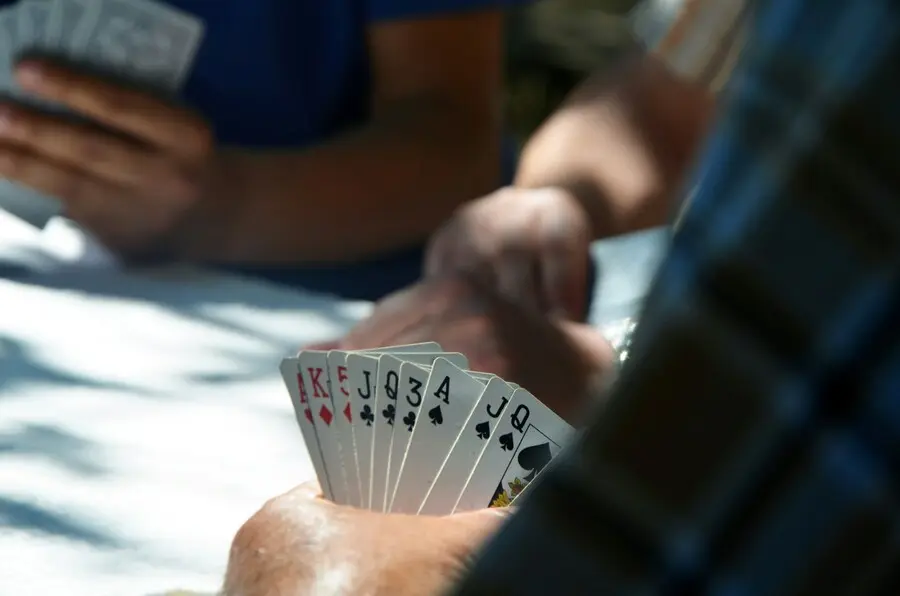The kids who were teenagers in the USA in the early to mid 1950’s were a special brand of youngster. They’d grown up as little kids during the World War II years and had lived through rationing, the loss of fathers and uncles in the war, and the fear of the enemy potentially invading their towns and homes. They saw the war won by Uncle Sam’s brave fighting men. And when it was all over, they began to live under a new fear of “the communist threat.” These kids were taught to despise communism, Russia, and everything about it. They endured countless “duck-and-cover” drills to prepare them for a possible atomic attack.
It’s easy to look back at that time now with idealized vision and imagine it as a carefree time of fun and frivolity. But the teenagers of the era were different than most any teenagers that came before them. They were hardened by war and the threat of more war. They were aware that there was menace in the world. Simply, they just weren’t quite as innocent as teenagers before them had been. They had a harder edge.
And this harder edge made them less likely to simply accept what the grownups of the world told them. They began to search for their own identities in ways that teenagers never really had. As part of this, they grew increasingly bored with the pop music they were hearing.
In 1953 the top of the pop charts was full of names like Patty Page, Perry Como, Tony Bennett, Eddie Fisher, Les Baxter, and the Ames Brothers. These were all great artists without a doubt, but they belonged to the grown-ups and not the kids. They sang songs like, “How Much is that Doggie (in the Window)”, “April in Portugal”, and “Song From Moulin Rouge”. These weren’t necessarily bad songs, but they no longer spoke to this new breed of teenagers.
By 1954, the kids had become restless. They wanted music that was their music. They may not have been exactly aware of what they wanted, but they knew that what the pop charts up to this time had to offer was not satisfying. They needed music to match their anxious feelings in a newly atomicized world–a world that could blow up any day.
Rock and Roll songs were starting to break into the charts in the early 1950’s here and there. But in 1954 a young kid named Elvis Presley smashed through the top of the charts and finally gave the kids exactly what they wanted. Elvis was ruggedly handsome, dangerously sensual, and perfectly despised by the older generation. His style of performing was something that most white kids had never seen before and when they saw it, they instantly loved it. They wanted more.
The rockabilly world knew a good market when it saw one and many musicians and bands followed in Elvis’ footsteps to create and expand this new music called rockabilly. The teenagers absolutely ate the new music up. By 1956 Elvis was selling millions upon millions of records for the RCA Victor label and started racking up the number one hits. Carl Perkins, Gene Vincent, the Burnette Brothers Rock and Roll Trio, Eddie Cochran, Jerry Lee Lewis, Buddy Holly, and many, many other artists came up through the rockabilly ranks and became household rock and roll names.
In the process, boring music was all but banished from the top 40. Oh, the occasional song slipped through–Bat Boone had countless hits with watered-down versions of rocking R&B and rock and roll songs–but by and large the charts were dominated by the new rock and roll music. And there was no turning back. By the late 50’s and certainly by the early 60’s, rockabilly had given way to new forms of rock and roll. Rockabilly’s reign at the top of the charts was short lived, but its significance cannot be over stated. At a time when the teenagers began to demand more than “How Much is that Doggie (In the Window)”, rockabilly delivered. It pushed boring music from the charts and made way for rock and roll. And rock and roll has yet to relinquish that control of the pop charts.
Source by Buster Fayte












